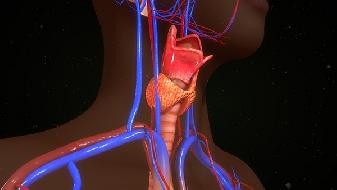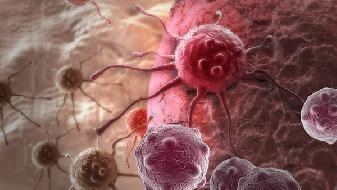Last night when I was reading the report on COVID-19 after work, experts repeatedly mentioned false positive. What does COVID-19 false positive mean? It means that the human body has not been infected by COVID-19, but the results of serology or nucleic acid testing are positive. In fact, there is no virus infection.

What is the meaning of COVID-19 false positive?

It means that the human body is not infected by COVID-19, but when serology or nucleic acid tests are carried out, the results are positive, but actually there is no virus infection. When conducting nucleic acid or serum blood tests, if there are interfering substances in the body, such as rheumatoid factors, complement, and foreign antibodies, they can interfere with the test results, resulting in false positives. If the specimen is contaminated or exhibits hemolysis, it may also show false positives.
What to do if COVID-19 is false positive
If any suspicious positive result occurs in the laboratory, it is necessary to check the problems in the experimental process one by one and make scientific identification:
1. Repeated verification by changing different nucleic acid extraction reagents, testing reagents and using different amplification devices.

2. Send samples to different laboratories for comparative testing.
3. Resupply nasopharyngeal swabs and anal swabs of suspected cases for COVID-19 nucleic acid detection; Blood samples were collected for COVID-19 antibody detection.
4. Use the extracted nucleic acid sample for direct amplification testing, eliminating the reverse transcription step. If it is positive, it indicates contamination.
5. Perform high-throughput sequencing analysis on the sample:
If the sample contains a large amount of standard fragments or plasmid vector fragments, it may be due to standard contamination.
If the sequencing results show that the sample contains the full COVID-19 sequence, it is necessary to compare whether it is a natural virus strain or a vaccine strain. If it is a vaccine strain, it may be due to vaccine contamination. Further investigation of the entire sampling and testing process should be conducted to corroborate each other. If it is a natural strain and epidemiological and clinical data do not support it, and the re sampling and antibody test are negative, then it is necessary to consider whether there is an error in sample management, investigate whether there are positive detections in samples from the same batch and day, and whether there is contamination of positive samples. It is necessary to re sample and review samples from the same batch or even on the same day.






Comments (0)
Leave a Comment
No comments yet
Be the first to share your thoughts!